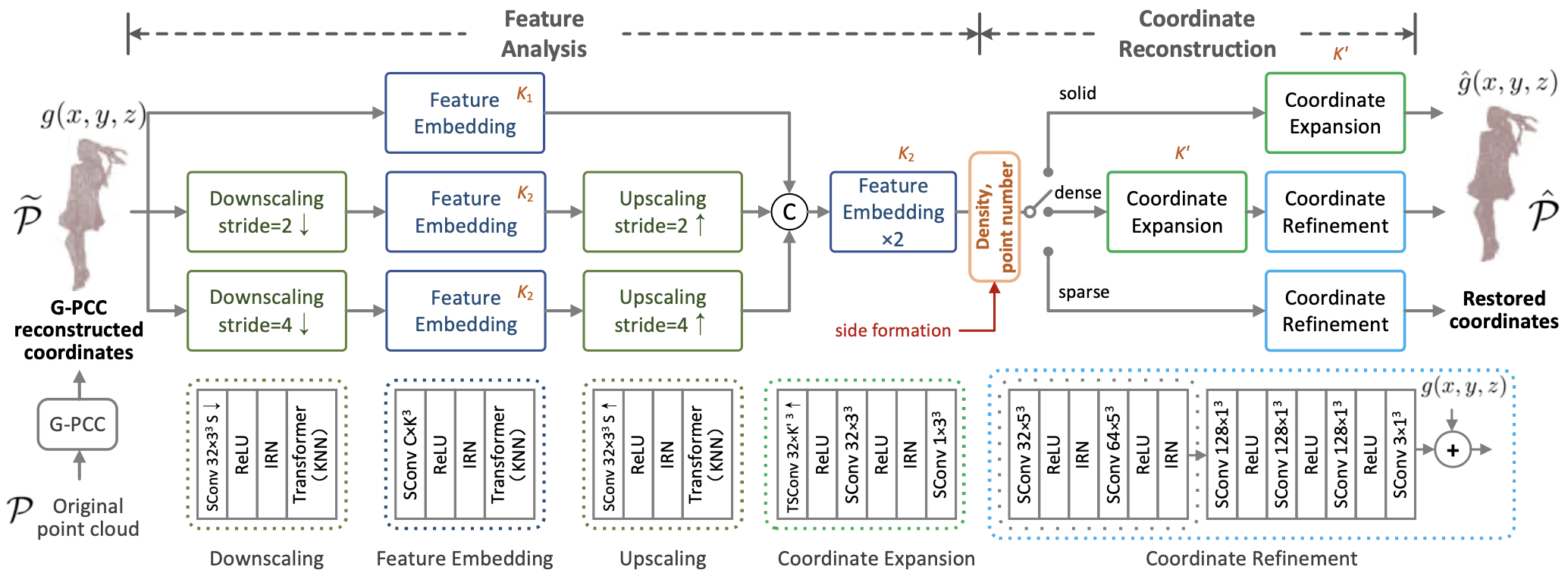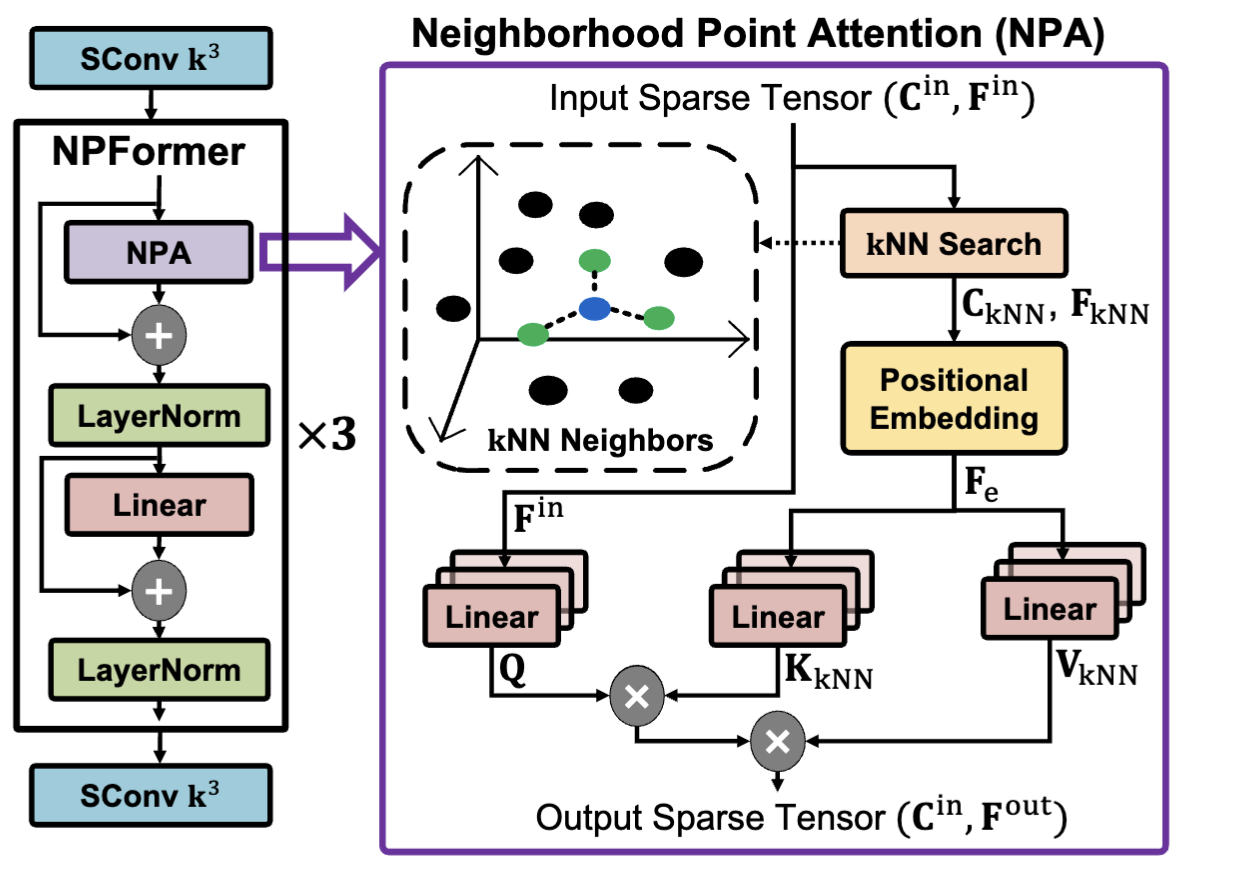I am a PhD student in the VISION lab of Nanjing University (NJU) and I am advised by Zhan Ma (NJU). I am mostly interested in Point Cloud Compression using deep learning approaches.
12-2023
NeRI paper has been accepted to ICASSP 2024!11-2023
GR-Net paper has been accepted to TVCG 2023!09-2023
I'm starting my PhD in NJU!
ICASSP 2024
@misc{guedon2023sugar,
title={SuGaR: Surface-Aligned Gaussian Splatting for Efficient 3D Mesh Reconstruction and High-Quality Mesh Rendering},
author={Antoine Guédon and Vincent Lepetit},
year={2023},
eprint={2311.12775},
archivePrefix={arXiv},
primaryClass={cs.GR}
}

TVCG 2023
@misc{guedon2023sugar,
title={SuGaR: Surface-Aligned Gaussian Splatting for Efficient 3D Mesh Reconstruction and High-Quality Mesh Rendering},
author={Antoine Guédon and Vincent Lepetit},
year={2023},
eprint={2311.12775},
archivePrefix={arXiv},
primaryClass={cs.GR}
}

@misc{guedon2023sugar,
title={SuGaR: Surface-Aligned Gaussian Splatting for Efficient 3D Mesh Reconstruction and High-Quality Mesh Rendering},
author={Antoine Guédon and Vincent Lepetit},
year={2023},
eprint={2311.12775},
archivePrefix={arXiv},
primaryClass={cs.GR}
}
© You are welcome to copy the code, please attribute the source with a link back to this page.
Template inspired from Tom Monnier and Mathis Petrovich.